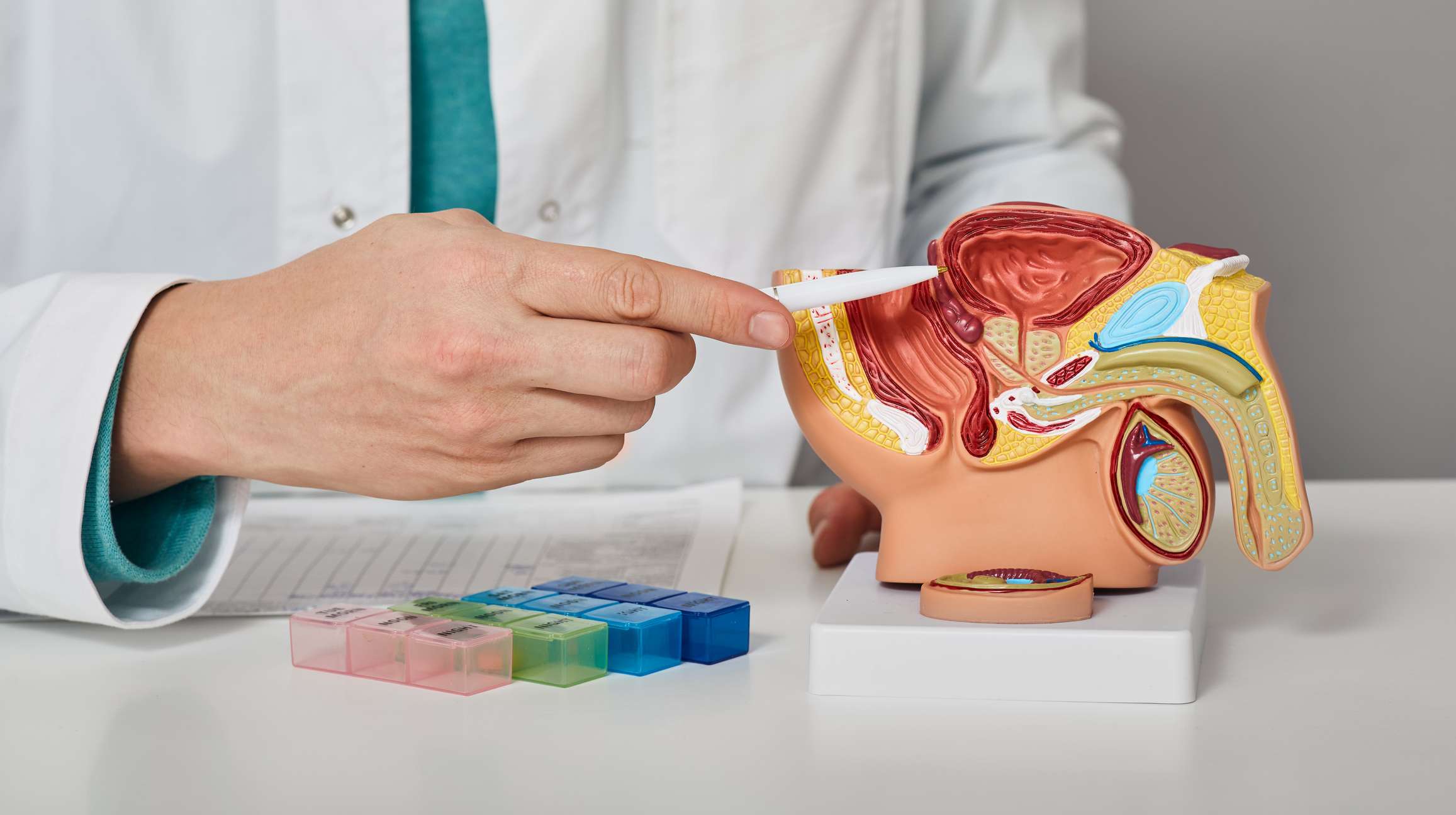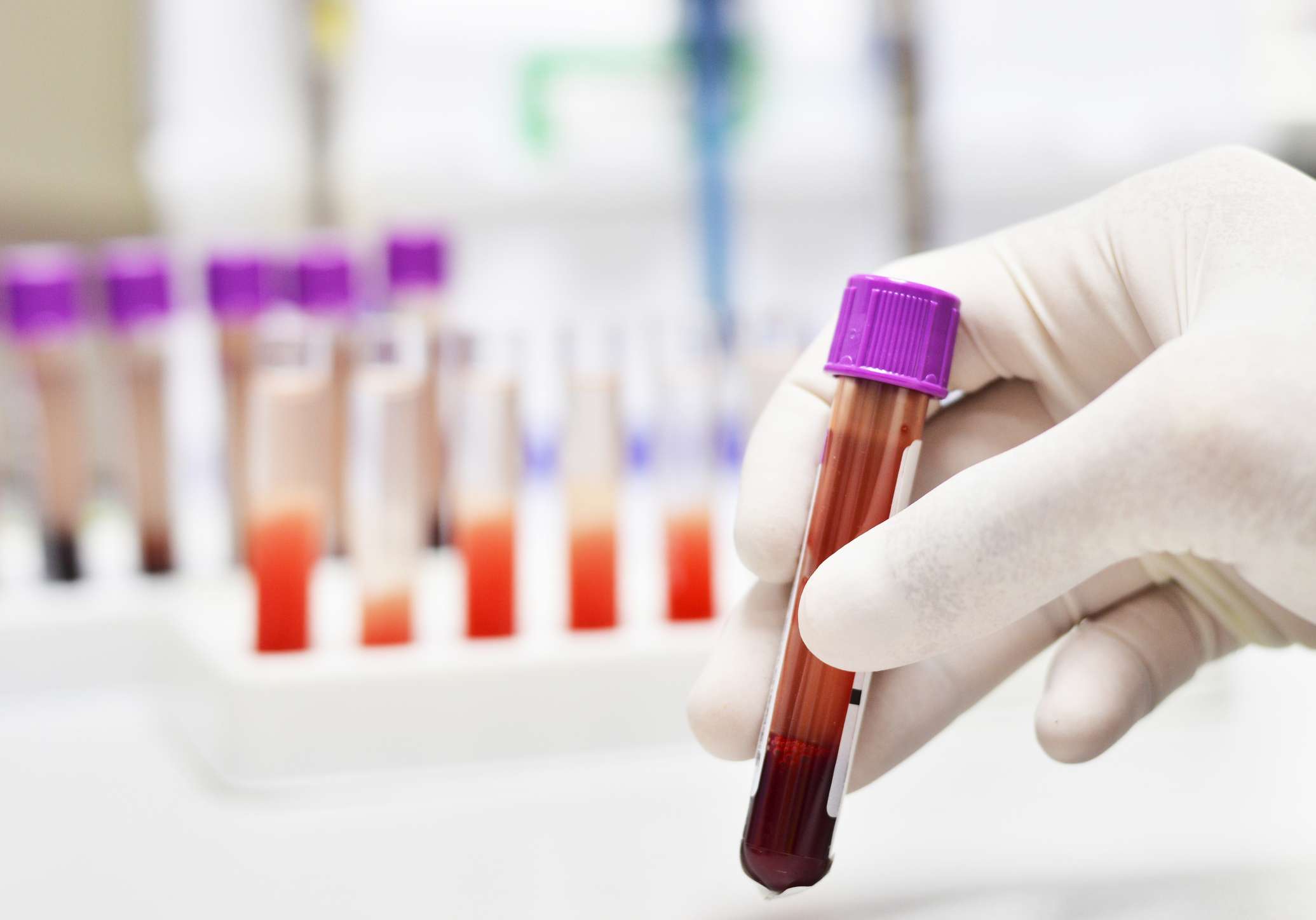Depending on the trigger for the potency disorder, there are different therapeutic approaches. These range from drug treatments, vacuum pump systems, hormone therapies to surgical interventions. Likewise, the implantation of a corpus cavernosum replacement (penile prosthesis) offers a permanent solution for those affected for whom drug therapy is not sufficient. In addition to these treatment options, lifestyle modifications often have a positive effect on erectile function. These include, for example, optimal blood sugar control in diabetics, physical exercise, nicotine abstinence or weight reduction in the case of overweight.
The following treatment options are available for erectile dysfunction:
- The selective phosphodiesterase-5 inhibitors (PDE-5 inhibitors) are generally the first-line treatment option. The four approved phosphodiesterase-5 inhibitors (avanafil, sildenafil, tadalafil, and vardenafil) have comparable effects, but differ in pharmacokinetics and side effects. Inhibition of the PDE-5 enzyme results in an improved and longer-lasting erection.
- If PDE-5 inhibitors do not achieve success, a vacuum pump that pumps blood into the penis can be used. This also reduces the outflow of blood from the penis. Possible undesirable side effects include pain, numbness, bleeding, and difficulty ejaculating.
- Other treatment options include medications injected into the erectile tissue of the penis before intercourse (SKAT therapy) or suppositories containing prostaglandin E1 inserted into the urethra before sex (MUSE therapy). The success rate of SKAT therapy is about 70%. However, 41-68 % of those affected discontinue the therapy - usually even within the first 3 months.
- If the above mentioned therapy options do not help, there is the possibility of a surgical intervention. Here, for example, a penile prosthesis can be inserted. However, this method is usually used as a last option, as it is permanent. The satisfaction rate for men with a penile implant is about 90%.
- To remedy psychological causes, sexual psychological counseling sessions and also psychotherapy can help.





